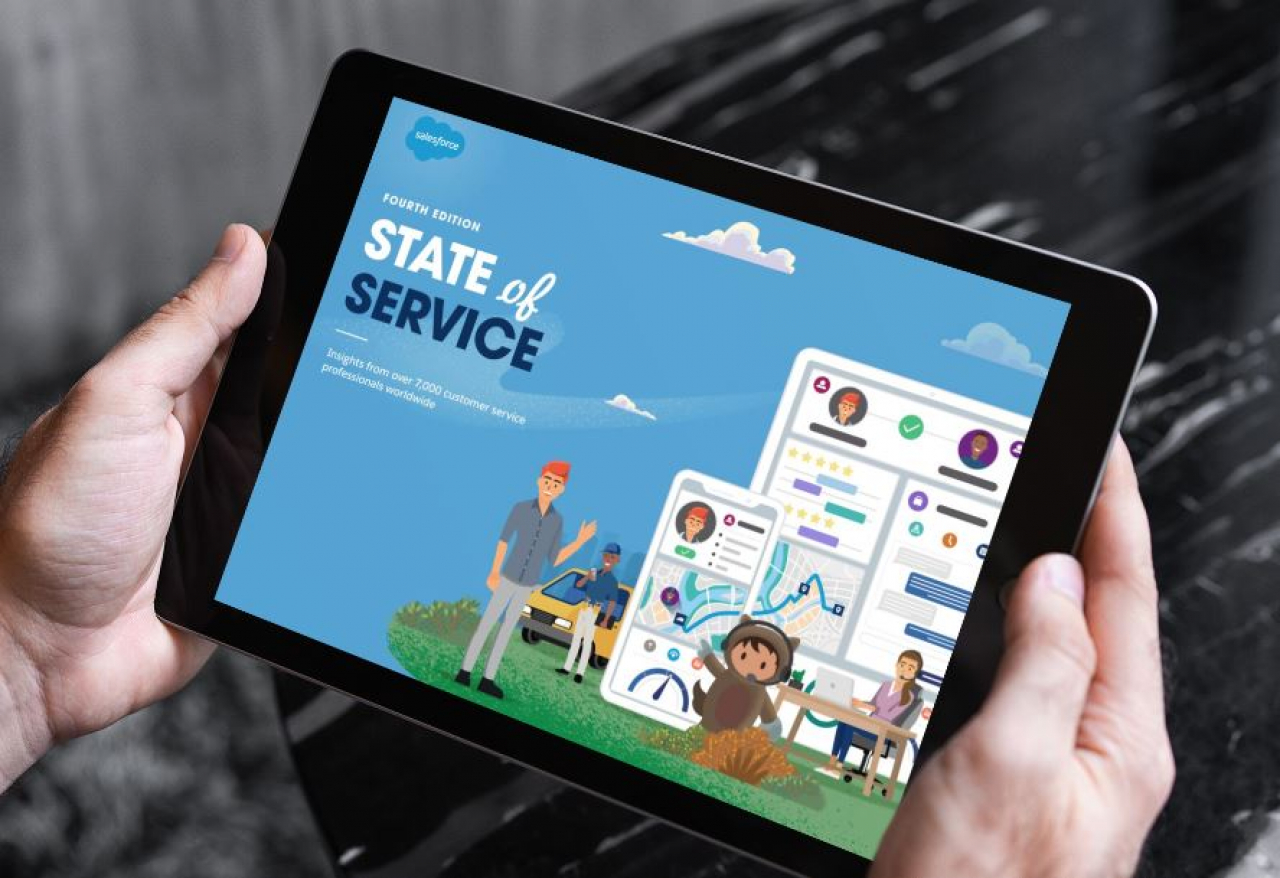New Research: 81% Of Customer Service Teams Have Accelerated Digital Initiatives To Improve Operations
- Written by Michael Rodriguez
- Published in News Briefs
New research from Salesforce shows that 81% of customer service teams have accelerated their digital initiatives to meet service demand, with 71% citing the pandemic and rapid digitalization as causes. As a result, 77% of service agents say their role has become more strategic in the last two years, relying more on their organization and technology to perform adequately.
The State of Service Report shows the impact of the pandemic on the customer service industry, and how industry professionals have maintained high-quality customer service amid social distancing. The report also highlights how digital transformation has helped service professionals thrive in digital channels.
"It's never been more important to remove friction from every user experience," said Jim Roth, Executive VP of Customer Support at Salesforce, in a press release. "In our personal lives, we so often solve issues on our own with a simple Google search. When we interact with companies, we expect the same level of easy, seamless interactions. If a company makes it too hard for customers to engage, they may become former customers."
Other key takeaways from the report include:
- 88% of sales and service teams have become more aligned;
- 80% of decision-makers claim field service is a key part of their overall strategy;
- 62% of service teams have recruited employees from other departments to assist in and improve customer service;
- Chatbot adoption has increased by 67% since 2018; and
- 55% of agents claim to need additional training to do their jobs well.
“We knew based on our previous research that businesses no longer view their service and support operations as cost centers, but as strategic assets that benefit revenue and retention as customer expectations soar,” said Bill Patterson, EVP and GM of B2B CRM at Salesforce, in a statement. “This research helps us and our customers understand how the playbook is changing, and what the best teams do differently from their competitors as they move back into growth mode.”


